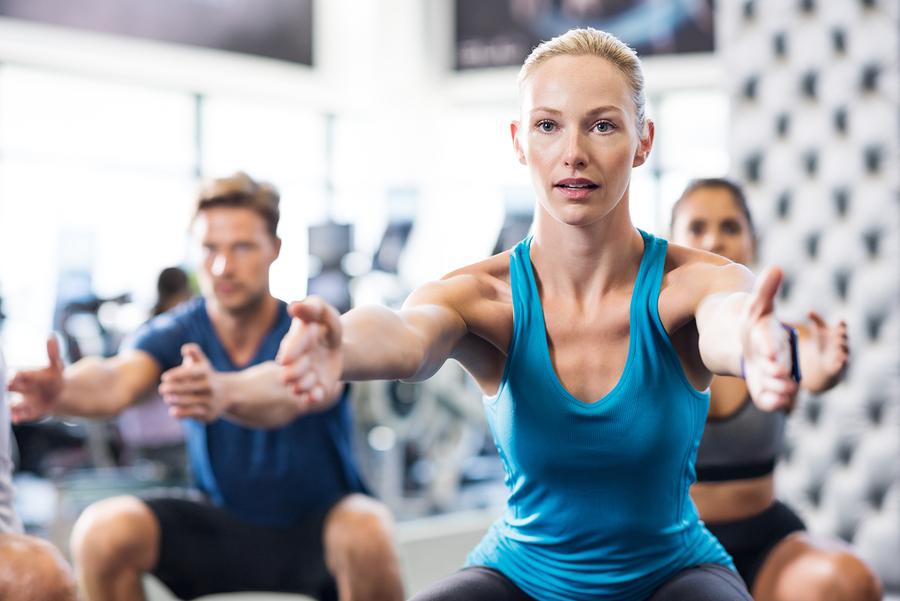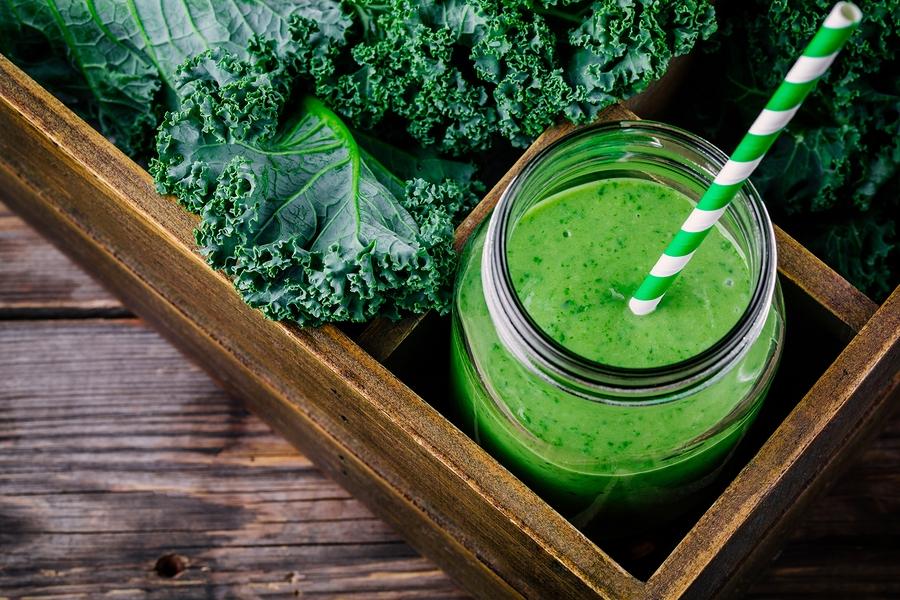Preventing an injury is of course always the preferable option to healing an injury! And, there are many things that you can do to help avoid developing a problem.
Taking care of your bones by adhering to optimum nutrition guidelines is a huge factor when it comes to avoiding injury. However, the importance of exercise for bone health should also not be overlooked! The combination of these two concepts can help to keep you physically fit and reduce your chance of experiencing an injury. Doing so can also help you to heal faster and more efficiently if you are injured in some way.
When it comes to maintaining and building the density of your bones, it is essential that you understand the difference between muscle-strengthening exercises and weight-bearing exercises.
Engaging in both of these types of activity will be beneficial for different reasons, so let’s take a look at what the definition of these two exercise types are.
Muscle Strengthening Exercises
Muscle strengthening exercises are defined as those where you have to use your body or a weight. This can also include other forms of resistance against gravity. The result of muscle strengthening exercises is stronger, more well-defined muscles.
Common activities in this category include lifting free weights, using weight machines, or using your own body to do things like press-ups. Pilates and yoga also fall into this category, and when practiced regularly muscle strengthening exercises can help to improve strength as well as flexibility.
Weight-Bearing Exercises
Weight-bearing exercises are those that utilise activities which require you to work against gravity whilst keeping your body in the upright position. When it comes to weight-bearing exercises, they can either be high-impact or low-impact.
Regularly doing high-impact weight-bearing exercises can help to keep your bones strong whilst also building them up. If you have broken a bone at some point in your life, or you know that you are already at risk of osteoporosis, then it will more than likely not be a good idea for you to participate in this kind of exercise. If neither of these things are applicable to you then this is certainly a type of activity that you should partake in.
Examples of high-impact weight-bearing exercises include hiking, jogging, jumping rope, tennis, aerobics and dancing. A couple of hours of any of these activities throughout the week can soon bring positive benefits. For example, 30 minutes a day of dancing could go a long way to protecting your health, and will also undoubtedly lift your mood and get you smiling!
Low-impact weight-bearing exercises are arguably the best alternative for those who cannot undertake the high-impact variety. Examples of this kind of exercise include walking at a fast speed, low-impact aerobics and stair-stepper machines.
Non-Impact Exercises
If you feel that you are at particular risk of injuring yourself whilst exercising, then you might want to consider non-impact exercises instead. Non-impact exercises are things such as Tai Chi or simple posture exercises. These will serve to lower your general risk of injury whilst also slowly building up the strength of your bones.
Seeking new non-impact activities to partake in can also be a great way to socialise and to push yourself out of your comfort zone. Get online to see what is available in your local area and commit to giving something new a try!
A Sensible Approach to Exercise
Remember, a new exercise regime should always be approached slowly and with care. Do not rush into anything too strenuous and do not push yourself past what you know your body to be capable of. If you do, then you could end up doing more harm than good. It never hurts to check in with your doctor first to get some professional guidance.
As you start to try new things you may notice that your outlook on life begins to shift. This new found positivity can be an incredible motivation to continue trying new things and concentrating more on your own health and fitness.
Nutrition for Bone Health
Eating for bone health is not a complicated concept and you can easily tailor your diet without much effort. Consuming an adequate amount of calcium and vitamin D will be the best thing you can do for your bones in terms of your diet.
Although it is arguably most important to get an adequate amount of both of these things as a child, it is also helpful to continue doing so throughout your life. Additionally, if you do develop osteoporosis in your later years, calcium and vitamin D can help to protect your body against the risk of fractures associated with this disease.
Calcium
Calcium supports the structure of your bones, as well as your teeth. It is found in many staple foods so if you already eat a healthy diet then you should not have to worry about this too much. Kale, broccoli and oranges are great plant-based sources of calcium and are easy to consume regularly. Kale also has many other great health benefits which you can click here to read all about!
Vitamin D
Vitamin D helps your body to absorb calcium as well as promoting the growth and maintenance of your bones. Exposure to sunlight will naturally provide your body with vitamin D, but you can also boost your intake through dietary sources.
If you are not lucky enough to be surrounded by sunshine then aim to include cod liver oil, mushrooms, whole grains, tofu and eggs in your diet on a regular basis. Taking vitamin D supplements is also a great idea and can help to keep your levels steady.
Regular Exercise and a Healthy Diet
The combination of a regular exercise and a healthy diet is the best way to keep your entire body healthy, not just your bones.
As we age it is particularly important to pay attention to our health. Many people simply do not do so, which can quickly cause health problems to develop. If you think that your lifestyle could do with some healthy improvements then start slow and make steady, positive changes.
These small steps will quickly equate to larger improvements which you will eventually come to consider as normal. When it comes to your health, you should always find the time to take care of yourself and also to spread these positive ideas to those around you. If you are finding that you struggle with doing so, then it is always worth spending some time getting to the root cause of this. Perhaps you don’t have the energy to exercise, or find it hard to focus on taking care of yourself. Being aware of what the reason is can be the first step towards truly overcoming the problem!
Once you have jumped over the first few hurdles towards a healthier way of life, you might find that you develop a new lvoe for exericse and other forms of keeping fit. This is something that is important to embrace as you age if you are to maintain your mobility and continue to enjoy similar levels of fitness as you do now.
If you feel that you are currently unable to exercise due to an existing physical health condition, then a consultation with one of our orthopedic professionals could help get you on track to improving your health!
References
1) http://www.care2.com/greenliving/25-vegan-sources-for-calcium.html
2) https://www.healthaliciousness.com/articles/high-vitamin-D-foods.php
Related Posts
Cigarettes May Inhibit Inflammation Treatments
Axial spondyloarthritis, also known as AxSpa, is a chronic…










